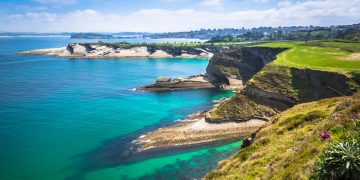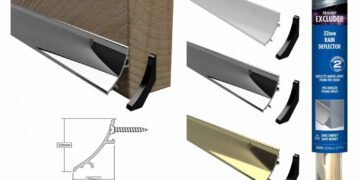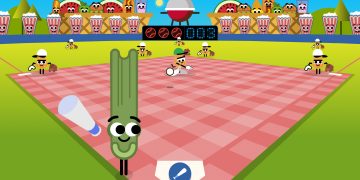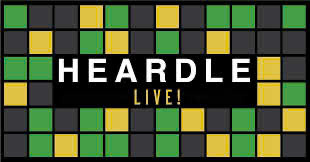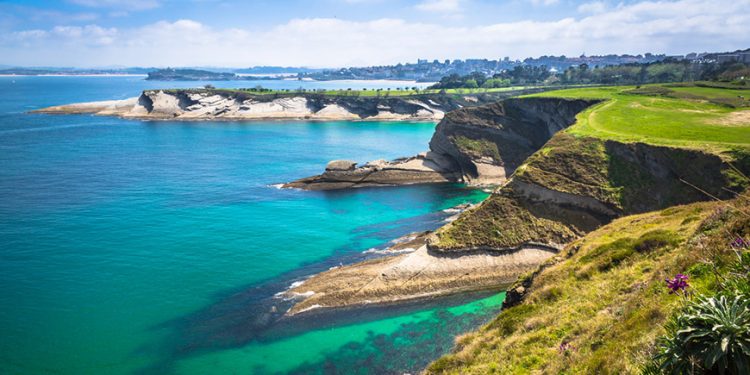Spain’s food markets aren’t just places to shop, they’re places to look, taste, pause, and admire. For travelers on a luxury vacation Spain, these markets are experiences in themselves, full of color, sound, and history. Some look like museums. Others feel like performance spaces. All are worth the time.
Here’s a closer look at five markets that’ll leave an impression.
La Boqueria, Barcelona: A Glass-Covered Burst of Color and Chaos
Right off Barcelona’s famous La Rambla sits Mercat de Sant Josep de la Boqueria, or simply La Boqueria. At first glance, it’s the arched Art Nouveau entrance that catches your eye. But step inside, and the market unfolds like a painting in motion.
Every stall feels arranged with intention. Pyramids of peaches next to thick wedges of manchego. Thin ribbons of jamón ibérico curled like sculpture. Bright green olives floating in glass jars, spiced with garlic, orange, or chili.
Despite its popularity, La Boqueria rewards those who linger. Step behind the crowds, and you’ll find butchers slicing by hand, fishmongers with slippery counters of squid and sea bass, and chefs browsing ingredients for their lunch menus.
It’s easy to see why La Boqueria is often included in customized tours Spain, it turns everyday shopping into theater.
Mercado de San Miguel, Madrid: Iron and Glass with a Taste of Everything
In Madrid’s historic center, just steps from Plaza Mayor, sits Mercado de San Miguel, a market built inside a restored cast-iron building from 1916. The structure itself is striking: high glass walls, exposed beams, and soft lighting that make everything shine.
But it’s what’s inside that matters. This isn’t a food market in the traditional sense. It’s more like a tasting gallery, curated for travelers who want to try everything in one place.
Each stall serves something different: croquettes filled with black truffle, miniature burrata drizzled with aged balsamic, or tuna tartare scooped into crispy shells.
This is a market for those on a luxury vacation in Spain who want a quiet hour of grazing with a glass of Rioja in hand and nowhere else to be.
Mercado Central, Valencia: A Cathedral for Food Lovers
Valencia’s Mercado Central is where food meets architecture. Completed in the early 20th century, the building features stained-glass windows, painted tile work, and a domed ceiling that rises above the central nave like a chapel.
But instead of pews, you’ll find seafood counters spilling over with shrimp, tuna, and eels. Fruit stands stacked with oranges, figs, and dates. Rows of glistening artichokes, bundles of saffron, and sacks of rice used for traditional paella Valenciana.
The market has over 1,000 stalls. Yet it feels calm, thanks to wide aisles and soft light from the high windows.
Mercado de Abastos, Cádiz: Old World Atmosphere by the Sea
In Cádiz, everything feels tied to the sea, and Mercado Central de Abastos is no exception. This market sits just a few blocks from the Atlantic, and the scent of salt air blends with garlic, lemons, and raw fish.
The layout is simple: a rectangle of stalls under a neoclassical colonnade. But the ingredients are anything but plain. You’ll find cañaíllas (sea snails), fresh clams, cuttlefish, and huge hunks of tuna brought in from Barbate.
The market is busiest in the morning, when chefs arrive to choose the day’s catch. Walk through slowly and watch the rhythm of it all, paper bags rustling, knives tapping, small talk flowing in thick Andalusian accents.
Outside the main building, local food trucks and bars serve fried fish cones and cold beer. It’s a good spot to sit, snack, and enjoy your customized tour of Spain.
Mercado de la Ribera, Bilbao: Food with a Side of Jazz
The Mercado de la Ribera in Bilbao stretches along the riverfront and features Art Deco touches, big glass windows, and curved balconies. It feels like a place designed for light and sound, and sometimes it is. Live jazz bands perform here in the evenings, making it one of the few food markets that turns into a cultural venue after hours.
During the day, it’s a feast of Basque ingredients: Idiazabal cheese, txakoli (a crisp local wine), and endless varieties of fresh cod. Pintxo bars inside the market make it easy to build your own lunch plate, maybe anchovy-stuffed peppers, salted sardines, or pork with roasted red pepper. Grab a plate, take your time, and enjoy lunch the way locals do, one small bite at a time.
